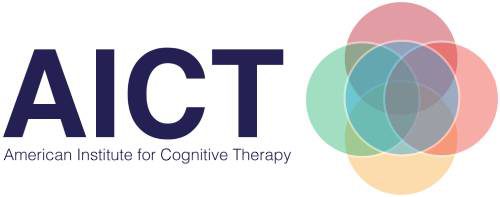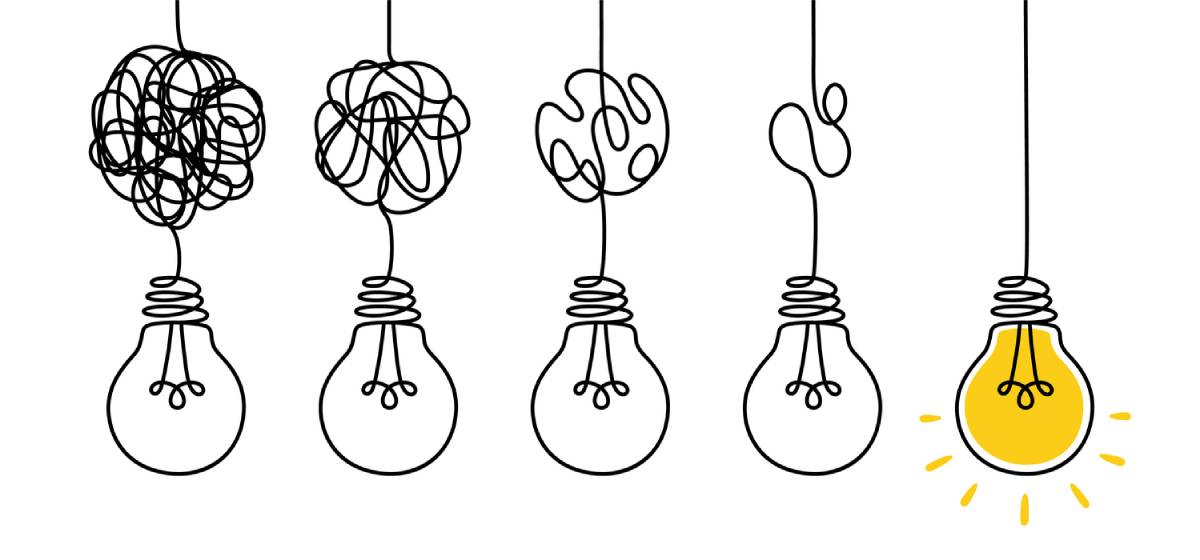Introduction
Recent research indicates that cognitive behavioral therapy (CBT) can physically alter brain structure. Specifically, it shows that problem-solving therapy, a form of CBT, can create observable changes in the cognitive control circuits of certain individuals with depression. The study suggests that depression treatments should be personalized and take an individual’s unique neurological profile into account to maximize their effectiveness and accelerate the treatment process.
Study Objectives and Background
This study, co-senior authored by Leanne M. Williams (Stanford University and the Sierra-Pacific Mental Illness Research, Education, and Clinical Center) and Jun Ma (University of Illinois Chicago), examined the neural configurations—specifically the cognitive control circuits—of patients with both depression and obesity, conditions frequently associated with cognitive control dysfunction. The researchers’ goal was to evaluate the effectiveness of problem-solving therapy as a method of treating cognitive control disorders.
The researchers chose problem-solving therapy as the treatment to be evaluated because it targets a patient’s ability to cope with life’s challenges by developing their problem-solving skills. Specifically, it guides individuals through brainstorming potential solutions and selecting the most appropriate course of action. Problem-solving skills are directly linked to the brain’s cognitive control circuit.
This study follows previous work completed by Williams’s lab, which studied brain activity to identify six distinct biotypes of depression. The study concluded that approximately 25% of individuals with depression exhibit either overactive or underactive cognitive control circuits. With the knowledge that depression manifests differently in different individual’s brains, Williams’s team concluded that treatment for depression would need to be similarly individualized so that depressed individuals can have more success in treating the condition.
Procedure
The study involved 108 participants, divided into a test group of 59 and a control group of 49. The test group participated in a year-long problem-solving therapy program in addition to their usual care, while the control group received only their standard care. At 2, 6, 12, and 24 months into the program, participants underwent fMRI scans and completed a depression symptoms questionnaire. These allowed researchers to monitor changes to the cognitive control circuit over time.
Results of the Study
At the end of the study, 32% of patients who added problem-solving to their care saw that the severity of their depression symptoms decreased by at least half. Additionally, scans of the test group showed a decrease in cognitive control circuit activity and displayed greater problem-solving abilities. Interestingly, the control group also showed a decrease in cognitive control circuit activity, but their problem-solving abilities worsened. Researchers expect that, over the course of the study, the test group learned to filter information and solve problems more efficiently than their counterparts, so cognitive control circuit activity decreased.
Specifically, Xue Zhang, Ph.D., a postdoctoral psychiatry scholar who acted as the lead author of the study, said, “We believe they have more efficient cognitive processing, meaning now they need fewer resources in the cognitive control circuit to do the same behavior.”
The written tests subjects took during the brain scans present a similar idea. On the 20-item depression assessment completed by subjects, Zhang found that the symptom of “feeling everything is an effort,” the symptom most associated with the cognitive control circuit, was improved by problem-solving therapy. All of this indicates that problem-solving therapy altered patients’ brains and allowed them to work smarter, not harder, to achieve their problem-solving goals. As explained by Williams, the cognitive aspect of depression drives disability “because it has the biggest impact on real-world functioning,” so targeting this aspect through problem-solving therapy can allow patients to return to work, hobbies, or social activities that felt overwhelming or impossible prior to this mental improvement.
Practical Application
The scans taken at the two-month mark of the study—the first set taken after subjects began problem-solving therapy—already showed changes to the cognitive control circuits of the test group. Throughout the study, they found that the initial scans were an accurate assessment of how the brain would continue to develop in subsequent months. Williams notes that this change occurred “in the time frame that you’d expect brain plasticity,” and though the idea of altering the brain may seem improbable, strengthening the brain’s cognitive control function with problem-solving therapy is actually quite similar to building muscle with regular exercise.
The fact that the brain scans at the two-month mark were correctly indicative of the cognitive control circuit changes that would occur later in the study means that healthcare providers could use brain scans to infer whether problem-solving therapy would be helpful to a patient’s long-term care. With this information, patients and care providers can determine if they should continue with the problem-solving therapy or rule it out and consider other treatments. This practice of using a patient’s specific neurological makeup to determine the best treatment option for them is called precision psychiatry, a practice supported by Williams and Zhang that is gaining traction in the medical world. The wider implementation of precision psychiatry would allow patients to get more effective treatment for their depression and other mental health disorders. As described by Zhang, “It’s definitely advancing the science. But it’s also going to transform a lot of people’s lives.”

